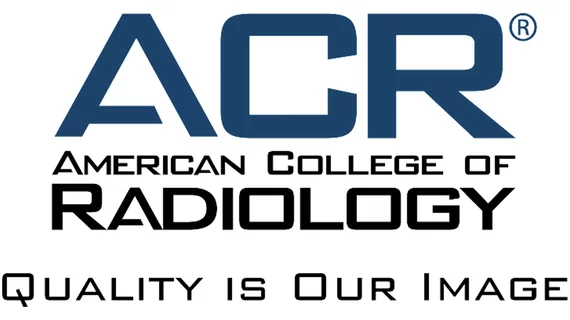ACR updates Appropriateness Criteria for diagnostic imaging, interventional radiology
The American College of Radiology (ACR) released an update to the ACR Appropriateness Criteria on Monday, Oct. 1. The update includes 179 diagnostic imaging and interventional radiology topics with 898 clinical variants covering more than 1,560 clinical scenarios.
The update also includes three new and nine revised topics, as well as an easier-to-use online feedback portal for ACR to help referring physicians and other providers in making appropriate imaging and treatment decisions.
New topics include:
1. Lung Cancer Screening
2. Postmenopausal Subacute or Chronic Pelvic Pain
3. Suspected New-Onset and Known Nonacute Heart Failure
Recently revised topics include:
1. Acutely Limping Child Up to Age 5
2. Acute Respiratory Illness in Immunocompetent Patients
3. Breast Pain
4. Chronic Chest Pain-Noncardiac Etiology Unlikely: Low to Intermediate Probability of Coronary Artery Disease
5. Chronic Dyspnea-Noncardiovascular Origin
6. Chronic Knee Pain
7. Evaluation of the Symptomatic Male Breast
8. Management of Vertebral Compression Fractures
9. Right Lower Quadrant Pain-Suspected Appendicitis
The ACR Appropriateness Criteria guidelines were first introduced in 1993, providing comprehensive evidence-based guidelines for diagnostic imaging selection and image-guided interventional procedures.
“These evidence-based guidelines, created and updated by an expert panel of radiologists and multispecialty teams, are recognized across the medical field as a national standard. They provide the backbone to support the College’s commitment to ensure that our patients get the right care for their medical conditions and that our patients avoid unnecessary care,” said Frank J. Rybicki, MD, PhD, chair of the ACR Committee on Appropriateness Criteria, in a prepared statement.
“New enhancements to our web-based feedback tool now enable us to better track and manage feedback from a variety of sources, such as ACR members, other specialty physicians, patients, payers and health care administrators.”

